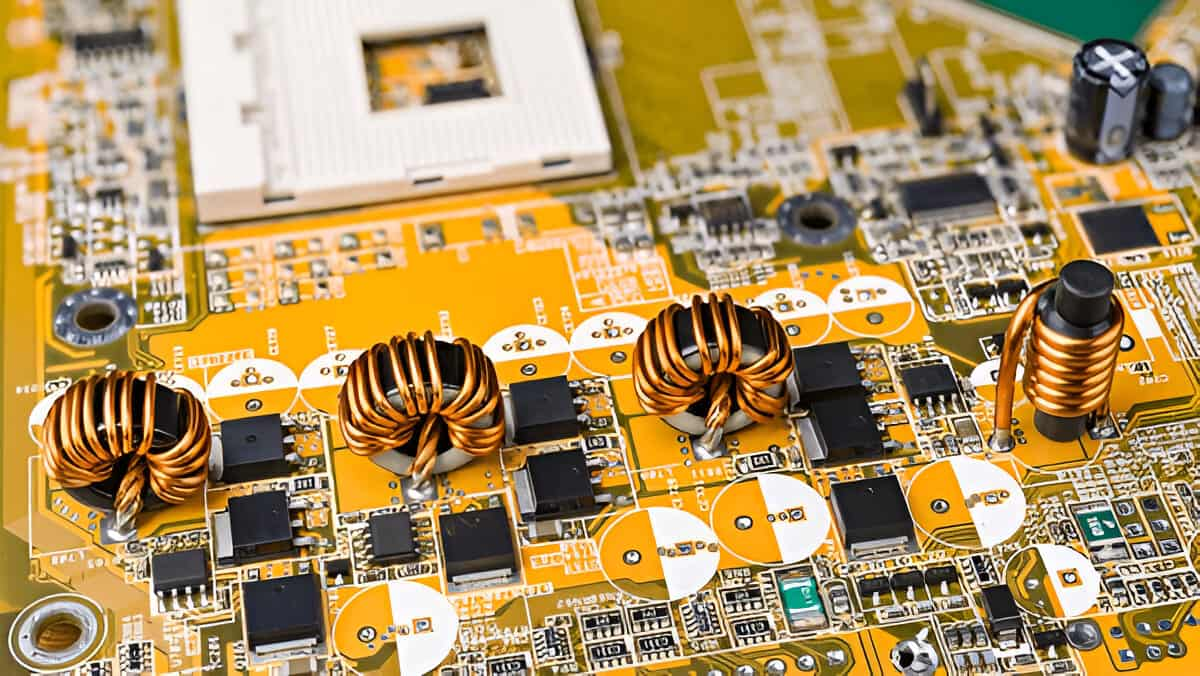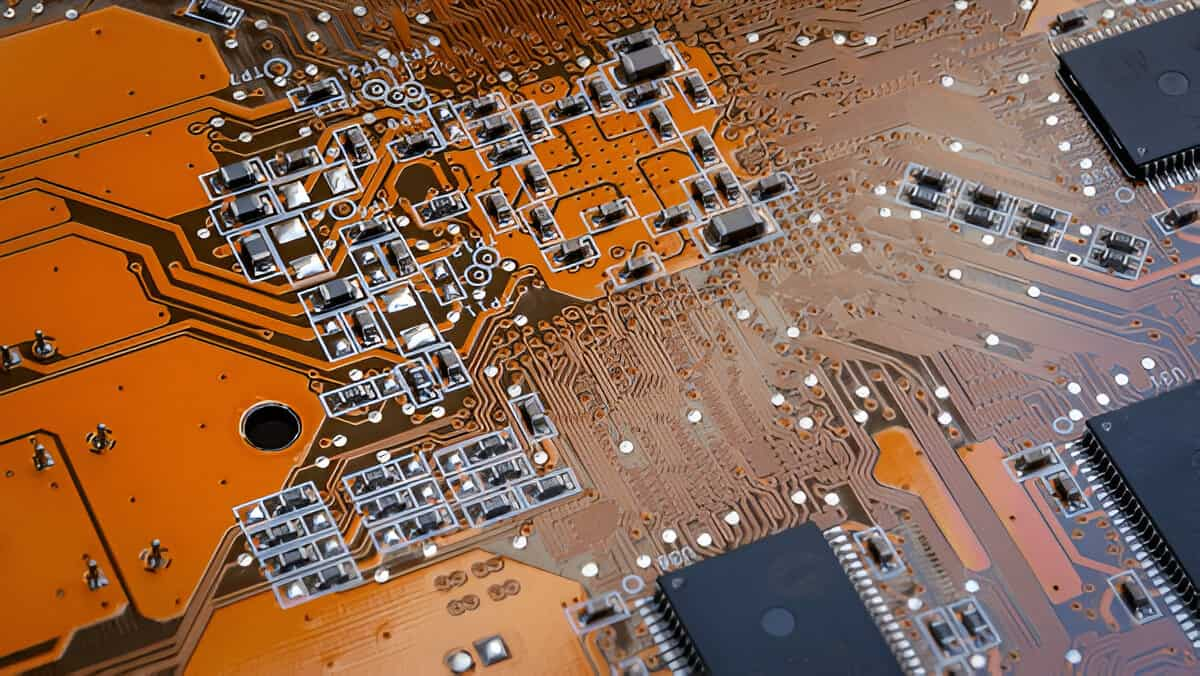
In today’s modern world, electronic devices have become a ubiquitous part of our daily lives. From smartphones to laptops and televisions to electric vehicles, nearly every device that requires power relies on a power supply circuit board. These boards are crucial as they convert incoming AC power into DC power, which electronic components need to function. A typical power supply circuit board includes essential elements like a transformer, rectifier, capacitor, and voltage regulator. Each component plays a vital role, from reducing the incoming AC voltage to stabilizing the output voltage. This conversion and regulation process ensures that devices receive the correct and stable power they need.
A well-designed power supply circuit board isn’t just about functionality; it’s about ensuring reliability and safety in every device it powers.”
Kamlesh
Designing a power supply circuit board requires careful planning and consideration. Designers need to assess the device’s power requirements and select components with suitable voltage and current ratings. Layout and physical size are also crucial to ensure efficient operation and proper heat dissipation. Safety considerations play a significant role, including over-current protection to prevent damage and isolation from the mains supply to reduce risks. These features ensure that the power supply circuit board can provide reliable, consistent power and protect both the device and its users. Well-designed power supply boards can enhance a device’s lifespan and ensure its safety and reliability.


A power supply circuit board's key components each have specific functions that contribute to the device’s reliable power conversion. The transformer reduces the incoming AC voltage to a suitable level. This lower voltage is then converted into a pulsating DC voltage by the rectifier. Next, the capacitor smooths out the pulsating voltage, filtering out any residual AC signals to create a cleaner output. Finally, the voltage regulator adjusts the voltage to ensure it remains steady and within the range required by the device’s electronic parts. These components together create a well-regulated power supply that allows electronics to function safely and effectively.

where online presence defines success, our agency stands at the forefront of crafting web experiences that transcend mere aesthetics. Our web design strategies are built upon a foundation of user-centricity, innovation, and a deep understanding of your brand.
Your email address will not be published. Required fields are marked *
Comments (3)
Bugunsetpet
Great article on power supply circuit boards! The information provided here is not only informative but also extremely useful for anyone interested in electronics and circuit design. I appreciate the clear and concise explanations of the different components and their functions, as well as the practical tips for designing and troubleshooting power supply circuit boards. This post is a valuable resource for both beginners and experienced engineers in the field. Keep up the great work, and I look forward to reading more insightful content from you in the future!
novopet
Insightful article on power supply circuit boards! Concise and informative, providing a clear understanding of crucial components and their role in electronic systems.
Josiahkes
A masterful exposition! In the fast-paced realm of technology, power supply circuit boards are the silent architects, transforming AC into DC seamlessly. Your detailed exploration of design intricacies and safety parameters elevates this commentary to an exceptional level.